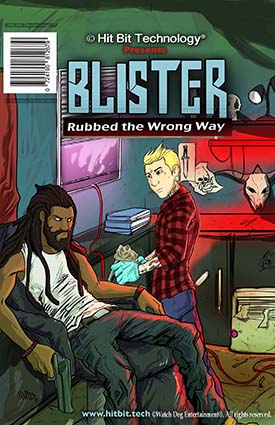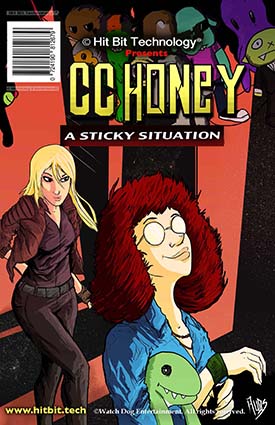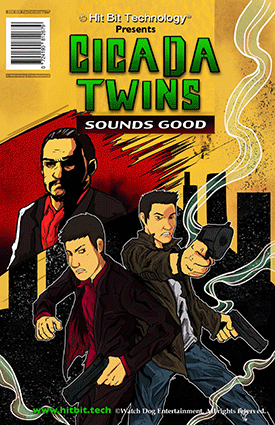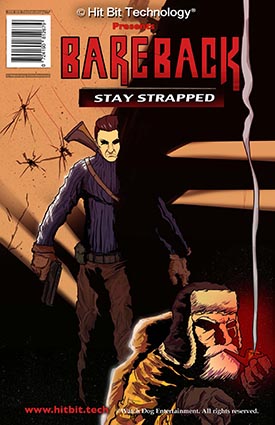Artificial intelligence (AI) is making significant inroads into the art world, bringing both opportunities and challenges. While AI offers innovative tools and methods for creating and experiencing art, it also evokes fear and concern within the artistic community. This apprehension centers around issues of originality, job displacement, and the changing nature of art itself. Here’s a summary of how AI is impacting the art community and the broader effects on the art business and culture worldwide:
Fear and Concerns in the Art Community
Loss of Originality and Creativity: One of the primary fears among artists is that AI-generated art lacks the depth, emotion, and originality that human artists bring to their work. The use of algorithms to create art can be seen as reducing the creative process to a series of calculations, potentially devaluing the unique, human touch that characterizes traditional art.
Job Displacement: As AI becomes more capable of producing high-quality art, there is a growing concern that human artists may be replaced or find their roles diminished. This is particularly true for commercial artists, graphic designers, and illustrators who might face competition from AI systems capable of generating art quickly and at a lower cost.
Copyright and Ownership Issues: AI-generated art raises complex questions about intellectual property rights. Who owns the art created by an AI? Is it the programmer, the user, or the machine itself? These unresolved legal issues create uncertainty and fear among artists about protecting their creative rights.
Effects on the Art Business
Market Dynamics: The introduction of AI in art creation is likely to shift market dynamics. AI-generated art can be produced faster and more cost-effectively, potentially driving down prices for certain types of artwork. This could impact the livelihood of artists who rely on selling their work.
New Business Models: On the positive side, AI can open up new business models in the art world. For instance, AI can help artists explore new styles and techniques, generate ideas, or even collaborate with AI systems to create hybrid works. This can lead to innovative forms of art and new market opportunities.
Curation and Art Criticism: AI can also change how art is curated and critiqued. AI algorithms can analyze vast amounts of data to identify trends, predict the popularity of art pieces, and even assist in curatorial decisions. While this can enhance the efficiency and objectivity of these processes, it also raises concerns about reducing art appreciation to algorithmic predictions.
Cultural Impacts
Changing Definitions of Art: AI is challenging traditional notions of what constitutes art and who is considered an artist. The rise of AI-generated art prompts a re-evaluation of these definitions and encourages debates about the role of creativity and human involvement in the artistic process.
Accessibility and Democratization: AI has the potential to democratize art by making creative tools more accessible to a broader audience. Individuals without formal training can use AI tools to create and share art, potentially broadening participation in the art world. However, this also raises questions about the dilution of artistic standards and the value of professional training.
Cultural Preservation and Innovation: AI can play a role in preserving cultural heritage by digitizing and analyzing historical artworks, allowing for better conservation and study. Additionally, AI-driven innovations can lead to new art forms and cultural expressions, enriching the global cultural landscape.
Conclusion
AI’s integration into the art world is a double-edged sword, offering both exciting possibilities and significant challenges. The fear among artists about the impact of AI is understandable, given concerns about originality, job security, and intellectual property. However, the art business and culture can also benefit from AI through new business models, enhanced curation, and greater accessibility. As AI continues to evolve, the art community will need to navigate these changes thoughtfully, balancing technological advancements with the preservation of the human essence that defines art. The ongoing dialogue between artists, technologists, and policymakers will be crucial in shaping a future where AI and human creativity can coexist and complement each other.


 25 May 2024
25 May 2024
 Posted by Watchdog Ent.
Posted by Watchdog Ent.  0 Comment
0 Comment 









